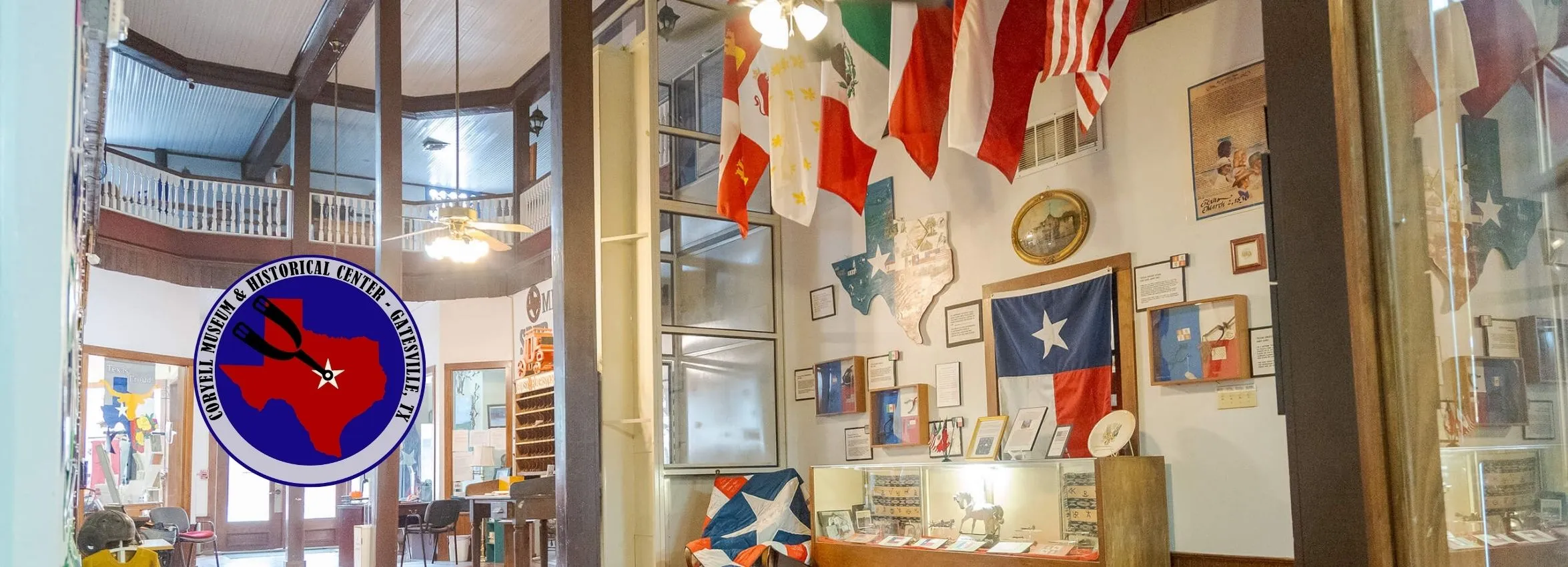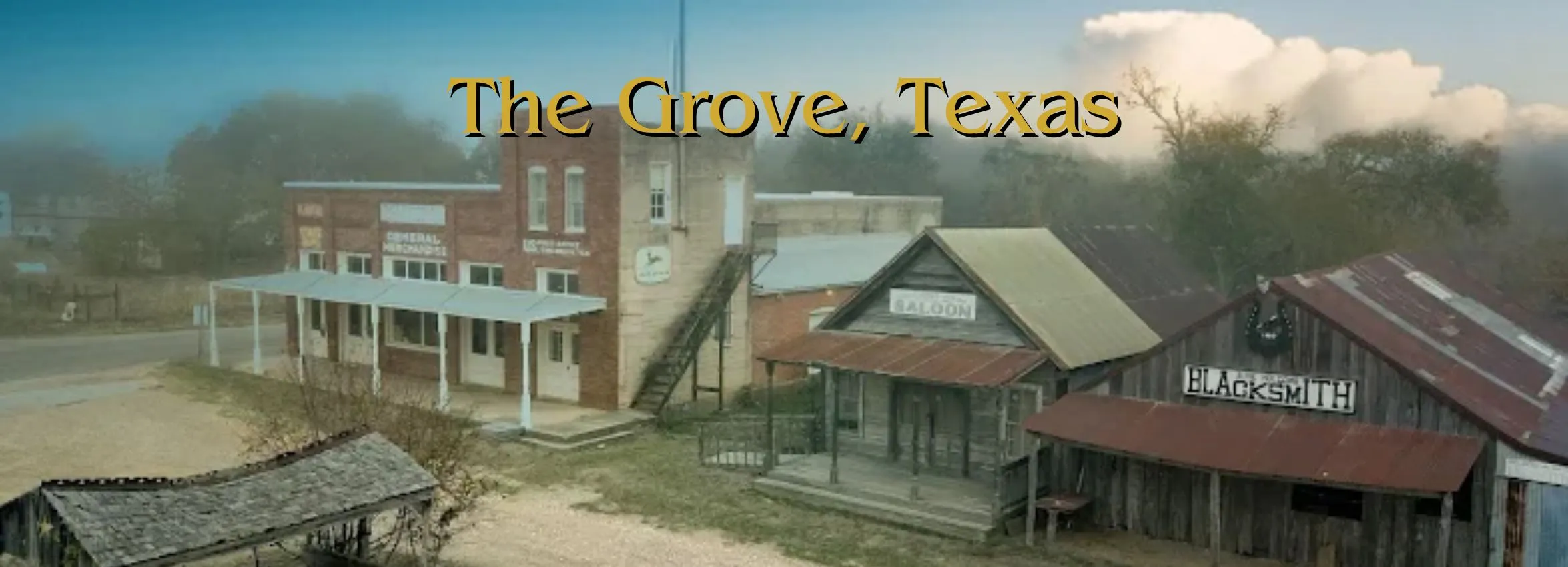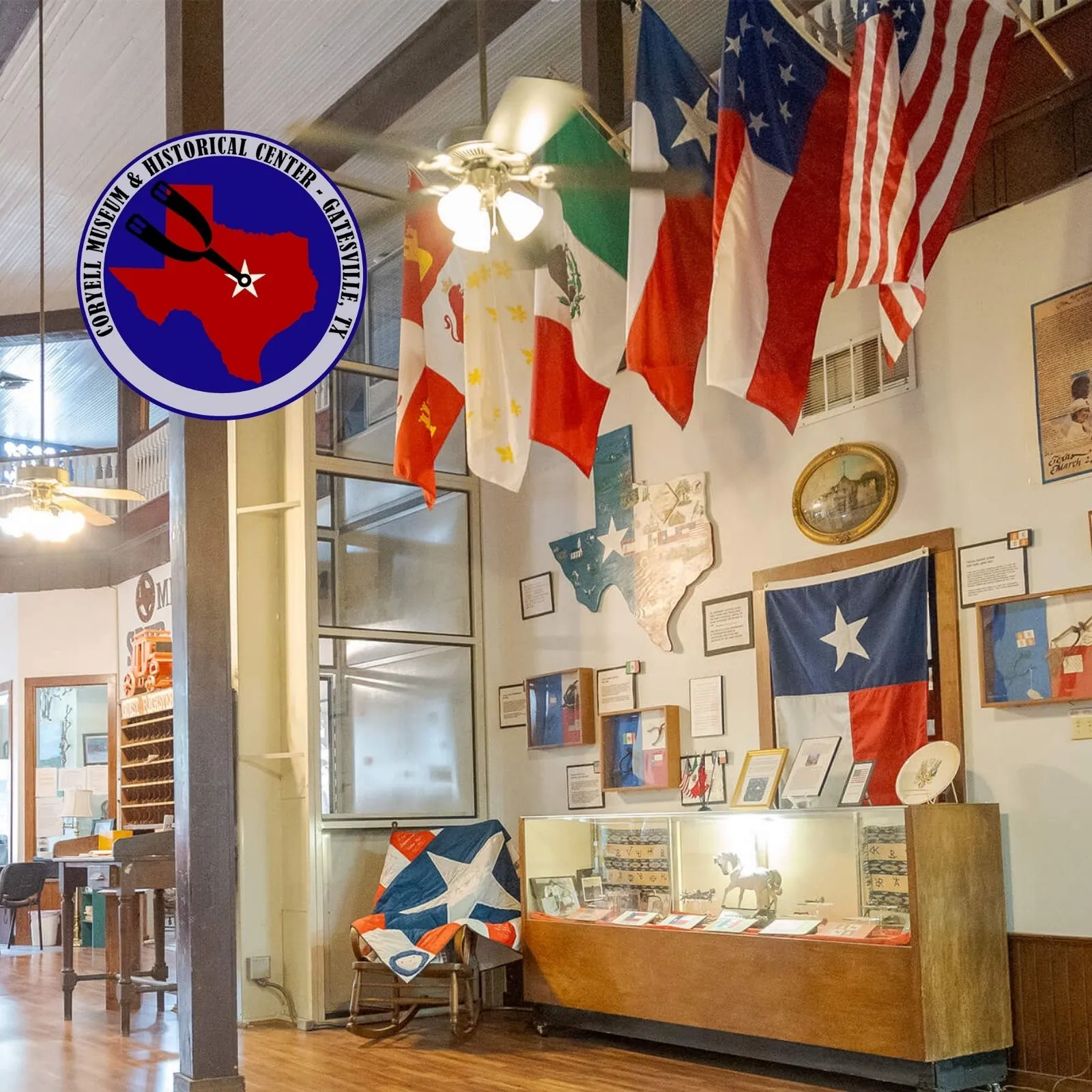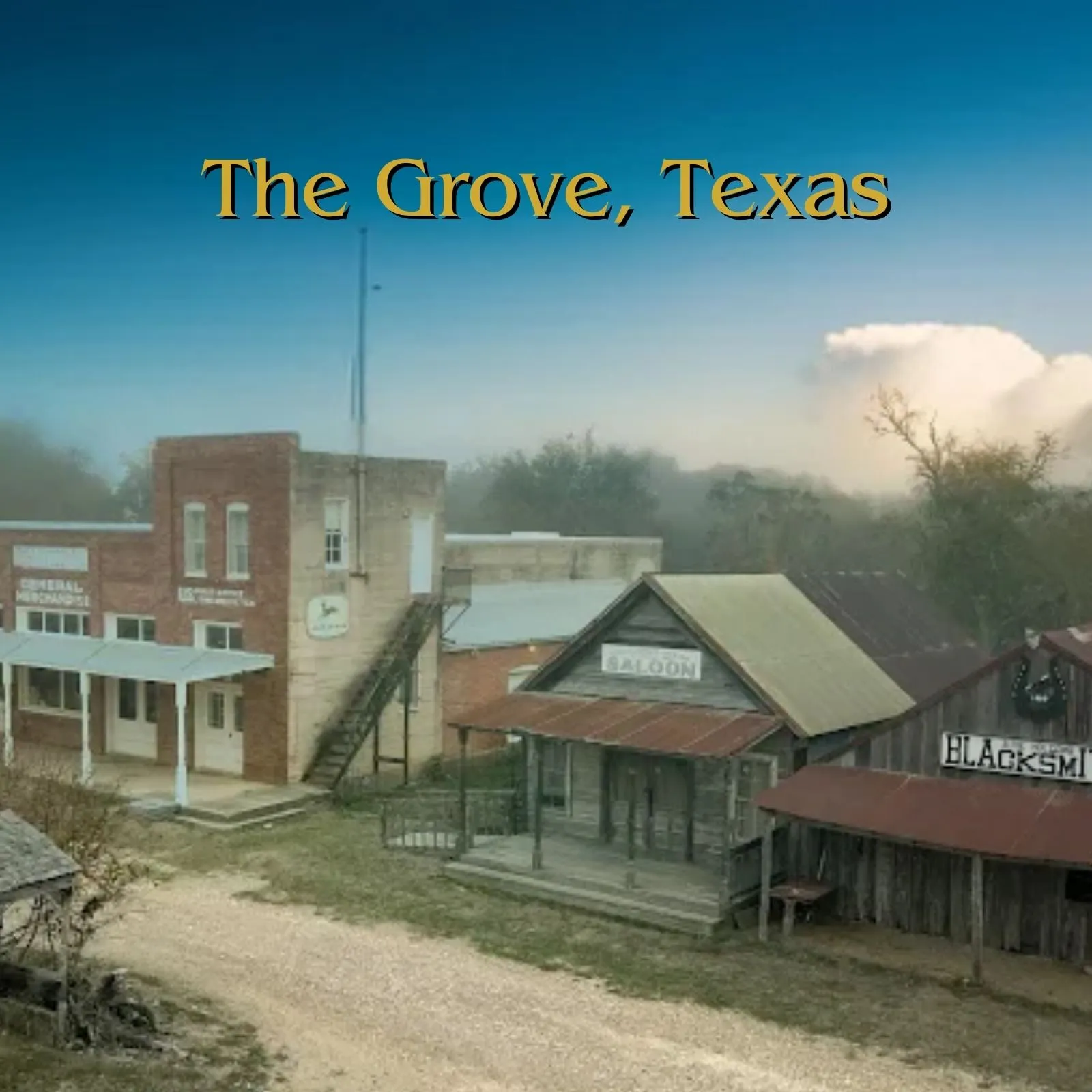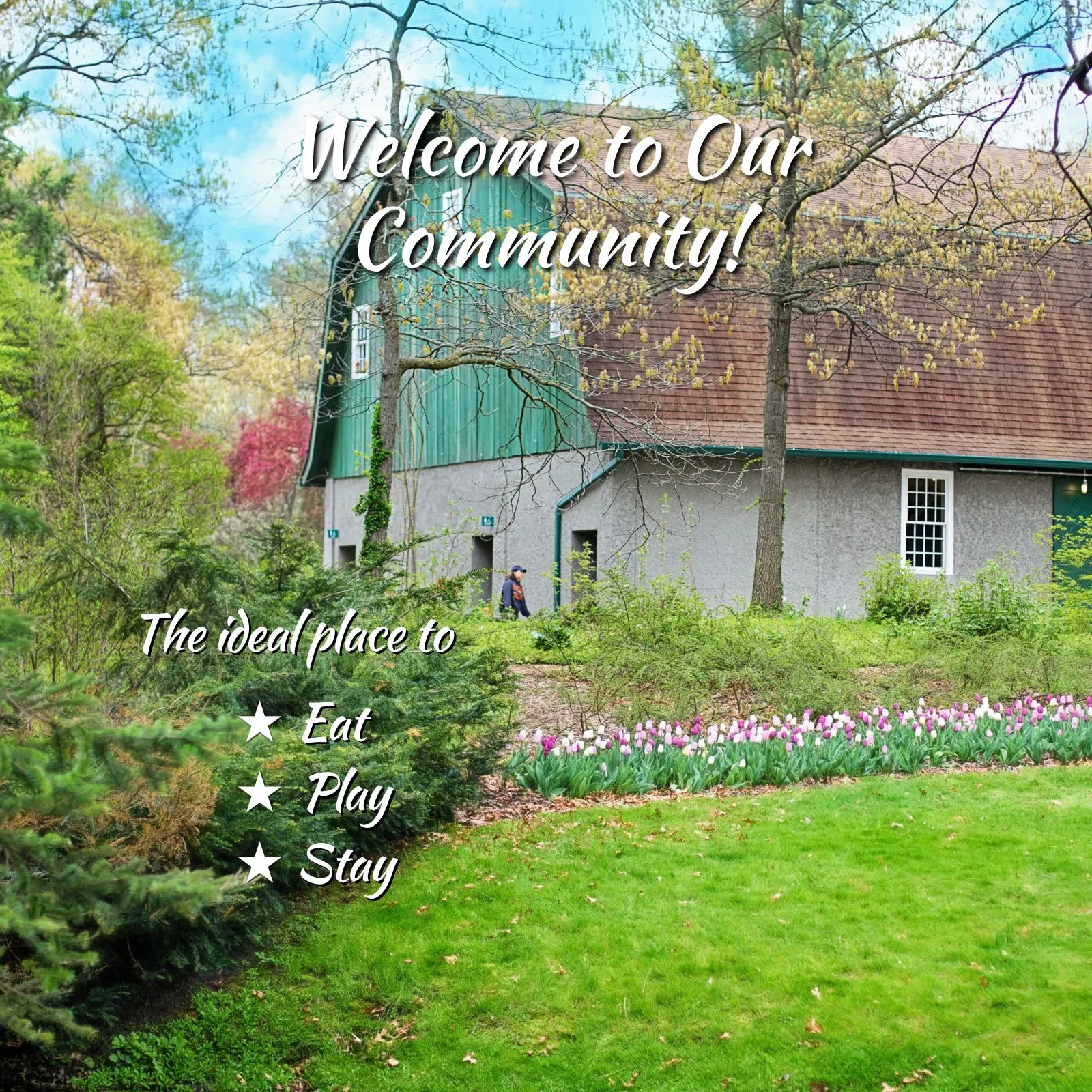The History of Gatesville, Texas: A Journey Through Time
Gatesville, Texas, often referred to as the “Spur Capital of Texas,” is a small town with a rich and fascinating history. From its early days as a frontier settlement to its evolution into a thriving community, Gatesville has played an integral role in the development of Central Texas. In this article, we’ll take an in-depth look at the history of Gatesville, Texas, exploring its founding, key milestones, and unique contributions to Texas culture.
1. Early Beginnings: The Founding of Gatesville
Gatesville was established in 1854, named after Fort Gates, a military outpost located nearby. Fort Gates, established in 1849, was one of several forts built to protect settlers from Native American raids during the westward expansion. The town was strategically located along the Leon River, which provided a vital water source for early settlers.
Why Gatesville Was Chosen
- Geography: Its location near the Leon River made it ideal for agriculture and transportation.
- Military Presence: The nearby Fort Gates offered protection and attracted settlers to the area.
- Natural Resources: The fertile land and abundant water supply supported farming and livestock.
This foundation laid the groundwork for Gatesville to grow into a key community in Coryell County.
2. Becoming the Coryell County Seat
In 1854, Gatesville was designated as the county seat of Coryell County. This decision was pivotal in the town’s development, as it established Gatesville as the political and economic hub of the region. The construction of the Coryell County Courthouse further cemented the town’s status.
The Original Courthouse
The first Coryell County Courthouse was a modest log structure, reflecting the simplicity of early frontier life. Over the years, the courthouse evolved, culminating in the grand 1897 Romanesque Revival-style courthouse that still stands today.
3. The Role of Agriculture in Early Growth
Agriculture was the backbone of Gatesville’s economy in its early years. Settlers utilized the fertile lands to grow cotton, corn, and wheat, while livestock farming also thrived. The introduction of the Cotton Belt Railroad in the late 1800s further boosted the agricultural economy by providing easier access to markets.
Impact of the Railroad
- Connected Gatesville to larger cities like Waco and Temple.
- Made the transportation of goods more efficient.
- Encouraged population growth and economic development.
Agriculture remained a dominant industry in Gatesville well into the 20th century.
4. The Influence of Fort Hood
In the 1940s, the establishment of Fort Hood, one of the largest military bases in the United States, brought significant changes to Gatesville. Although the base itself was located outside the town, its proximity influenced Gatesville’s economy and culture.
Effects of Fort Hood
- Increased population as military personnel and their families moved to the area.
- Boosted local businesses through demand for goods and services.
- Created job opportunities for civilians.
Fort Hood remains a key part of Gatesville’s identity, contributing to its modern-day vibrancy.
5. Gatesville’s Claim to Fame: The Spur Capital of Texas
Gatesville is proud of its title as the “Spur Capital of Texas.” This recognition stems from the Coryell Museum and Historical Center, which houses the world’s largest spur collection. Spurs, a symbol of cowboy culture, highlight Gatesville’s connection to Texas’ rich ranching history.
The World’s Largest Spur Collection
- Features thousands of spurs, showcasing intricate designs and craftsmanship.
- Reflects the importance of cattle ranching in the region’s heritage.
- Attracts visitors from across the state and beyond.
The title “Spur Capital of Texas” celebrates Gatesville’s unique contribution to Texas culture and history.
6. Education and Community Development
Education has always been a cornerstone of Gatesville’s growth. The town established its first schools in the mid-19th century, ensuring that education was accessible to its residents. Over the years, Gatesville has built a robust educational system that supports the community’s development.
Key Educational Milestones
- The establishment of Gatesville Independent School District (GISD), which serves the town and surrounding areas.
- The creation of vocational programs to support agriculture and industry.
- A commitment to maintaining high educational standards for future generations.
Education continues to play a vital role in Gatesville’s prosperity.
7. The Prison System: A Unique Aspect of Gatesville
Gatesville is home to several Texas Department of Criminal Justice facilities, making the prison system a notable part of the town’s economy. These facilities have provided jobs and contributed to the local economy for decades.
Impact on the Community
- Provides stable employment for residents.
- Contributes to the town’s infrastructure through state funding.
- Brings attention to Gatesville as a center for correctional services in Texas.
While the prison system is a unique aspect of Gatesville, it has helped shape the town’s economic landscape.
8. Cultural Landmarks and Recreational Opportunities
Gatesville’s history is preserved and celebrated through its cultural landmarks and recreational opportunities. From museums to parks, the town offers a range of activities that reflect its rich heritage.
Notable Attractions
- Coryell Museum and Historical Center: A hub for learning about local history and cowboy culture.
- The Last Drive-In Picture Show: One of the few remaining drive-in theaters in Texas.
- Raby and Faunt Le Roy Parks: Offering outdoor activities and relaxation for residents and visitors.
These attractions make Gatesville a vibrant destination that balances history with modern-day entertainment.
9. Gatesville Today: A Blend of Tradition and Progress
Today, Gatesville is a thriving community that blends its historical roots with modern amenities. While agriculture and ranching remain important, the town has diversified its economy to include retail, healthcare, and education.
Modern-Day Gatesville
- Home to a growing population of over 15,000 residents.
- Hosts annual events like Spurfest, celebrating the town’s heritage.
- Continues to serve as a gateway to the larger Central Texas region.
Gatesville has managed to retain its small-town charm while embracing progress.
10. Why Gatesville’s History Matters
The history of Gatesville is more than just a timeline of events—it’s a testament to the resilience and ingenuity of its people. From its frontier beginnings to its role in modern Texas, Gatesville has consistently adapted and thrived, making it a town worth exploring and celebrating.
Conclusion
Gatesville, Texas, is a town that embodies the spirit of Texas—rich in history, culture, and community. From its founding as a frontier settlement to its evolution into a vibrant modern town, Gatesville’s journey is one of resilience and pride. Whether it’s exploring the Coryell Museum, admiring the Coryell County Courthouse, or enjoying local festivals, Gatesville offers something for everyone.
By preserving its past while embracing the future, Gatesville continues to be a shining example of Texas heritage. So, whether you’re a history enthusiast or simply curious about small-town life, Gatesville invites you to experience its story firsthand.
